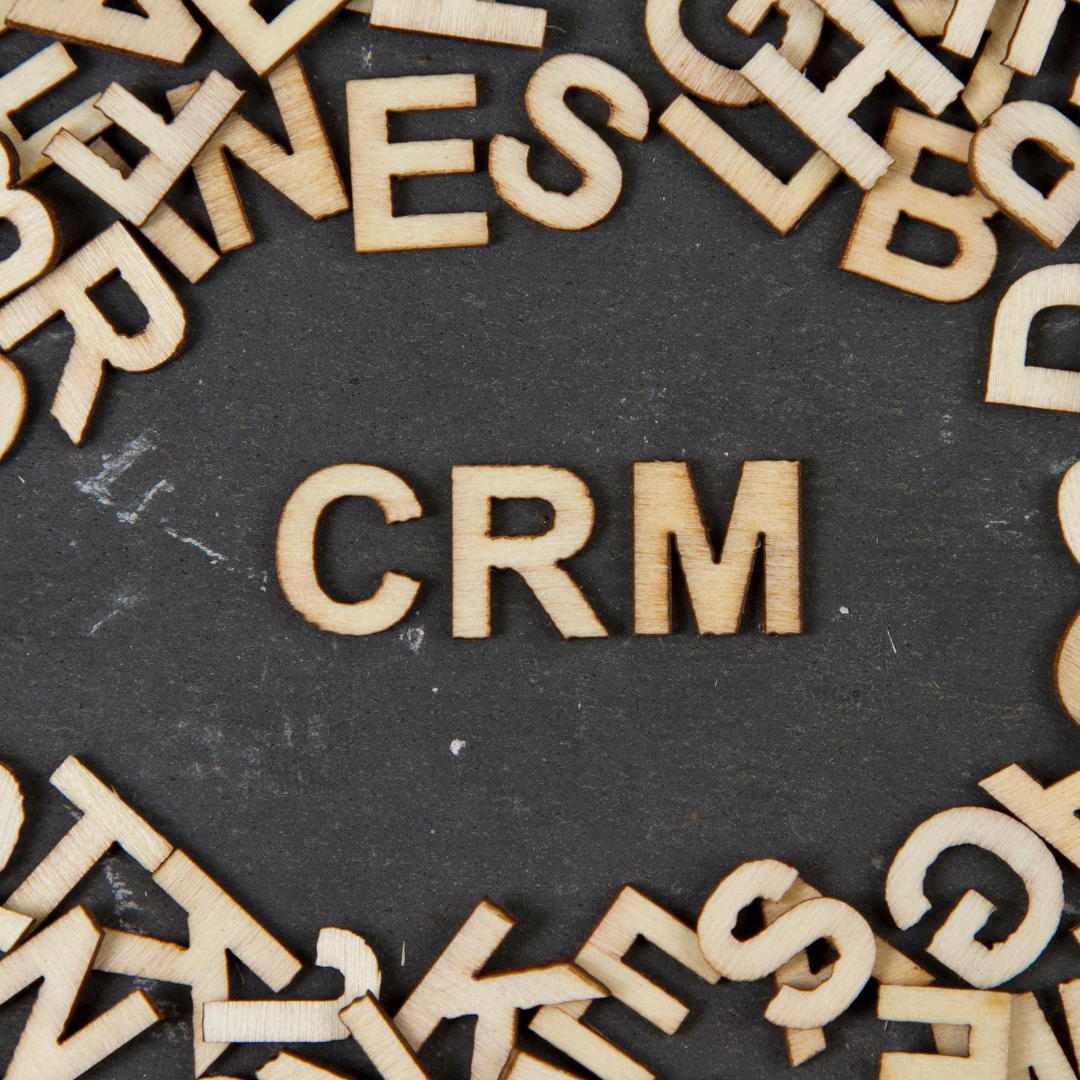The CRM market is approaching $75 billion in revenue annually; it is an industry that is constantly growing and changing. Many businesses that operate in a variety of areas have now been able to benefit from the idea of CRM. Even life insurance agents can get specialist software from somewhere like iLife Technologies to help them build successful and lasting relationships with their clientele. So, if you haven’t yet incorporated this component into your own business, you could waste a lot of time and money developing solutions for a market that is already mature and well-served by existing solutions. But if you know what you are doing, you stand a good chance of becoming a leader in your industry, rather than stagnating.
Customer Relationship Management (CRM) is one of the best ways to keep your customers and employees engaged, which is why this post might be of interest to you. Just because you’re using the technology to do that doesn’t mean you’re getting everything out of it that it can deliver. The CRM space is rife with acronyms and jargon, so it’s no wonder that it can seem like you’re drowning in CRM data. And, while CRM data can be a valuable tool, you must know how to spot the mistakes that can slow down your CRM system and the techniques you can use to fix them.
We are big fans of data, and CRM is an excellent tool for tracking business metrics. However, CRM data isn’t used optimally for many companies, which causes a loss of revenue and an increased cost to operate. There are many reasons for this, but the two biggest ones are that data is often not automatically pulled into the CRM system and is not optimized for future analysis. If you want to improve your CRM data, here are some tips to keep in mind.
With the rapidly growing amount of data that is being generated by various departments within an organization, not to mention the increasing pressure to improve bottom-line performance, it is essential to track user behavior and understand how to improve CRM systems. Unfortunately, most CRM systems use a hierarchy approach to data collection. This means that all data is collected in a single department at the top level, followed by various departments (such as sales, support, and marketing) at the second level, and so on. This means that all data is stored in one file that is difficult to manage. By contrast, a more logical approach would be to organize data by level of importance. Alternatively, you could make use of resources like Zendesk integrations and other services to manage the customer data in a systematic order.
Data-driven decision-making is vital for companies of all sizes. The ability to adapt to market changes and make smart business decisions is paramount to the success of any company. Total corporate resource management is made up of three primary areas: CRM, HR, and finance. Each of these areas has its own set of best practices and procedures that have evolved over the years to meet the demands of the modern-day organization.
When it comes to data, organizations need to do more than ensure that data is there and can be accessed-they need to make sure that their data is beneficial to their business. An important first step in doing so is to ensure data is accurate. However, the process of ensuring data accuracy is complicated, as many of the data sources organizations use are based on manual processes, which may lead to inconsistent and sometimes inaccurate data.
Suppose you have a customer relationship management (CRM) system. In that case, you must be familiar with the term “Data Quality,” which refers to the accurate recording and reporting of all your customer data. If you are not, you should be. As a customer, you will be more likely to work with a business with good data quality, which ultimately results in lower cost, more satisfied customers, and increased productivity.
CRM data is a critical part of many businesses today, especially those that rely heavily on customer relationships. But CRM data, although critical to a business, is also complex and difficult to manage. If you are not a skilled CRM data analyst, you will likely spend more time and money than you should to get the most out of your data. To handle data and align sales and marketing teams, several firms turn to systems like HubSpot. You could click here to learn about hubspot price and how it may benefit your business.
If you run a business, you have to know that customer data is crucial. Your organization needs to know who is in the most demand, requires the most help, and reports the most problems. This helps you reduce turnover, improve customer satisfaction, and increase revenue. Yet, few tools provide you with the data you need to make the right decisions, and you have to be able to find the right analysis point, navigate through all the data, and draw accurate conclusions from it.

